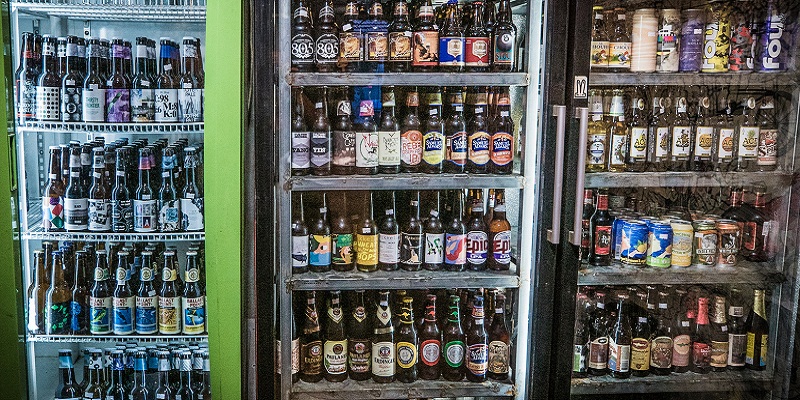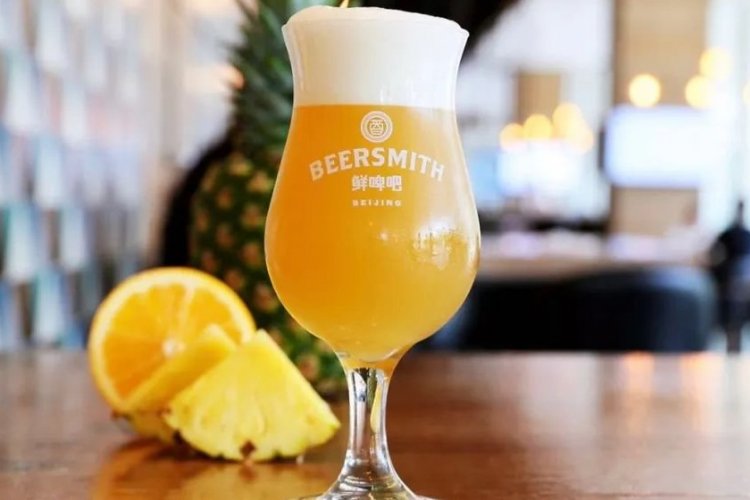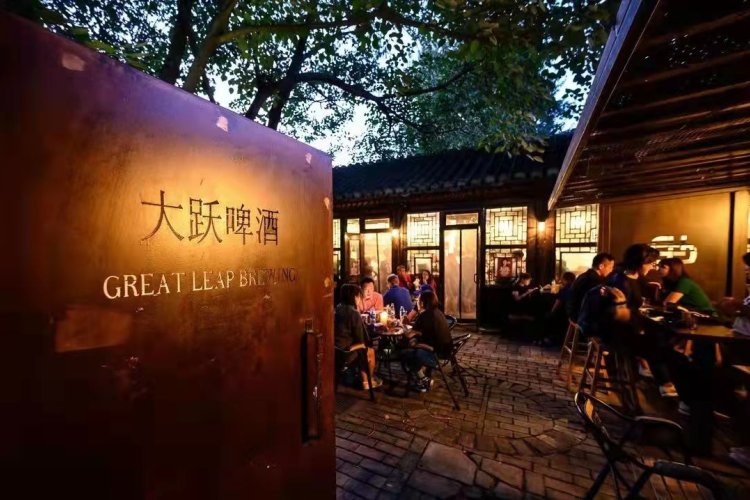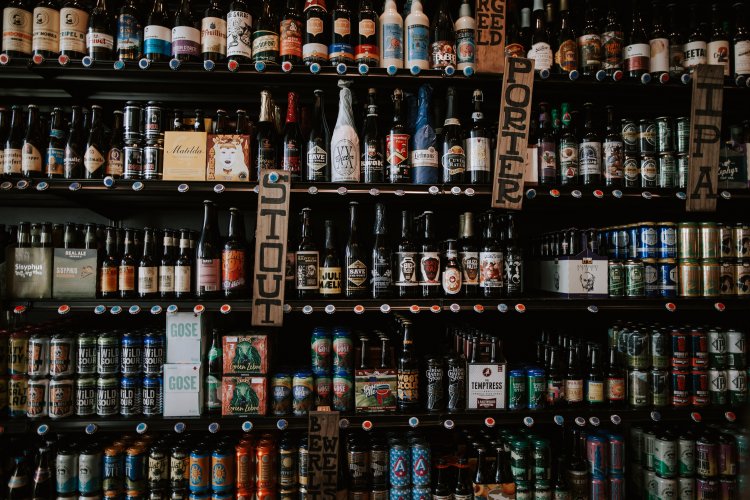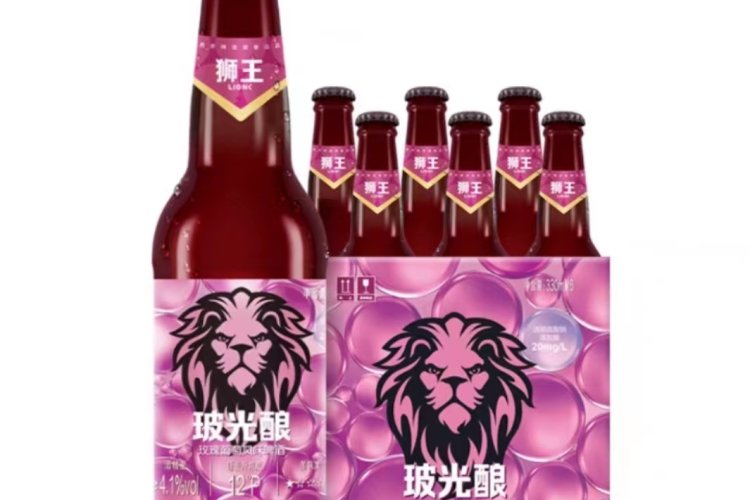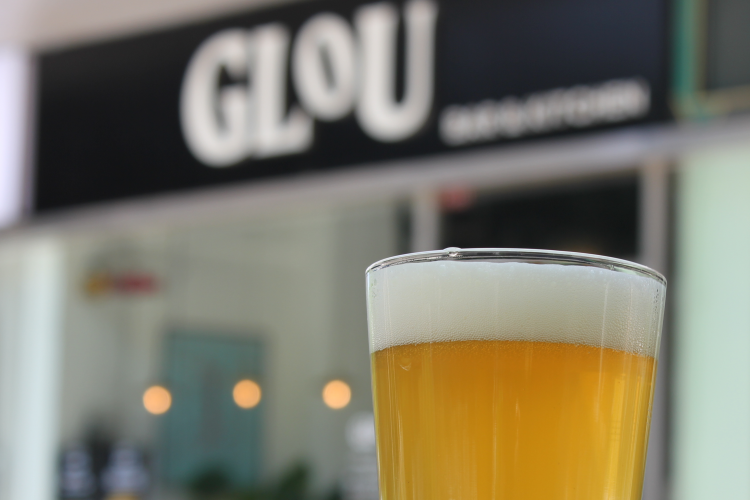You are welcome @Tracy for you did learn a lot from me at the beginning!
The Tide of Craft Beer is Riding High, Are You Holding On?
Craft beer is riding high in China, especially over the past few years. Thanks to my colleagues in the wine industry six years ago, who took me to Beijing’s bottle shops, I got to know more about craft beers as well as a few brewpubs and the Beijing Homebrew Society (BHS). At the time, I felt like falling down the rabbit hole, but I’ve learned to love the freefall.
In Beijing, there always seems to be something exciting happening: Arrow Factory and Beijinger Burger Cup winners Slow Boat Brewery both opened a second taproom, Jing-A is making collaboration beers with international partners, and Great Leap Brewing #12 remains permanently busy, not to mention the numerous small bottle shops that have sprung up throughout the city.

While the initial customers for many of Beijing’s craft beers were foreigners, hutong hipsters quaffing small batch brews do not a market make. What about the vast Chinese beer market, what appeals to them, the unhopped masses?
For Chinese beer drinkers who haven’t grown up with craft beer, the first impression is: it’s different. It’s completely different from the local beer to which most are accustomed. “(Mass-produced local) beers are light and have little foam, and taste like water,” says Yin Hai, the partner and brewer of Nbeer Pub. “They light up and usually say something like ‘This is beer?” said Daniel, the owner of Taps Brewpub in Shenzhen.
Even for wine and whiskey snobs, some beers such as the bold, smoky stout can be easily accepted. There’s a saying among craft beer lovers, “there’s no such thing of you don’t like beer, you just haven’t met the style you like.” To me, I enjoy the surprise and excitement on people’s face when I introduce craft beers to those who have never tried it before. It’s a craft beer epiphany for them.
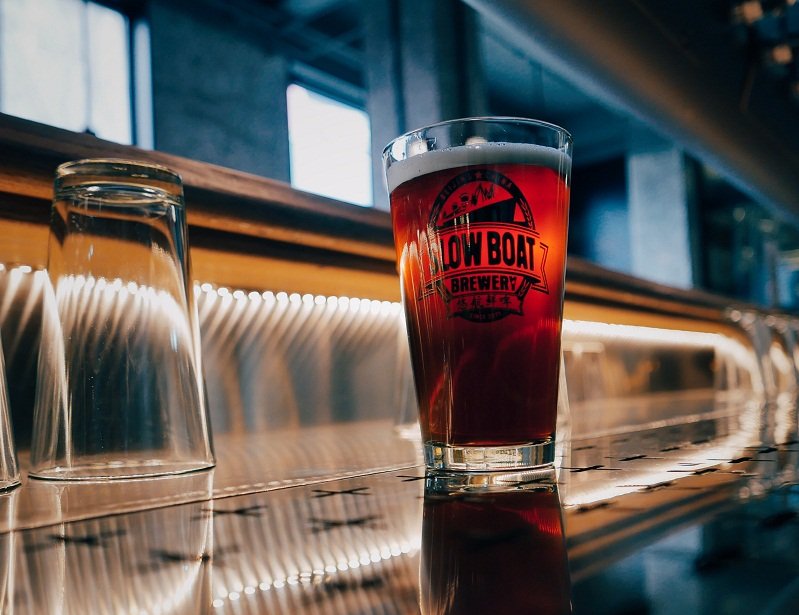
Craft beer is also still seen as foreign, which gives it part of its appeal. Young Chinese drinkers never pass up the opportunity to explore something new, foreign, and trendy. Just have a look at the speedy open/close/reopen pattern of bars and restaurants in some commercial areas of Beijing, and the new experiences that the young generation is never afraid to try.
Bars are keen to get involved with craft beers, since the distributors push bottled ones (especially Belgian beers) to the supermarkets, hotels, KTVs, even the small hotpot places, it’s hard to ignore them, and it costs little to test the water. Besides, bottle shops and local brewpubs are everywhere. “The Chinese middle class is swelling with young, affluent professionals who are more willing to spend money on brands and who are experienced travelers looking for a taste of other countries back home. The market is moving toward premium offerings,” The New York Times reported. And it quotes Shaun Rein, founder of China Market Research in Shanghai, “consumers are looking for better quality.” from Germany among the mountains of food. For them, more German beer selection is not a bad deal.
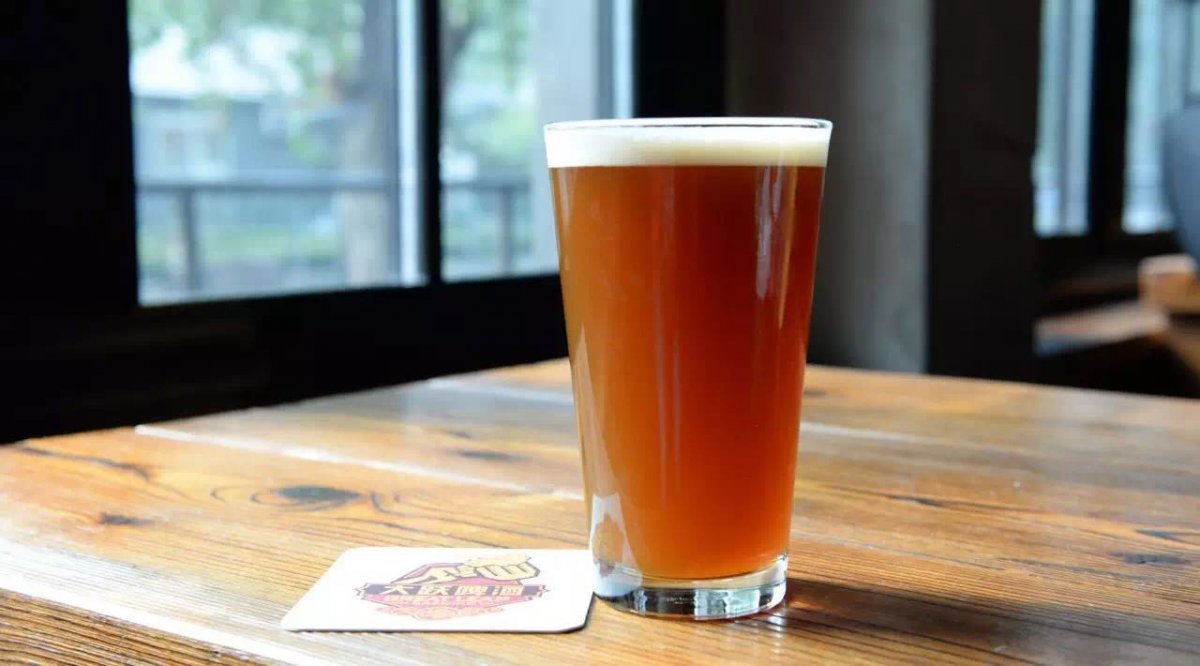
Since domestic breweries Master Gao, Panda Brew, and Buzz have begun producing bottled beers, the concept of craft beer as foreign is getting blurred. To the trailblazers, as the brewpub owners and brewers see themselves, it is hard to differentiate if craft beer is foreign or Chinese. Since Great Leap Brewery, Slow Boat Brewing, Arrow Factory, and The Brew are opened by foreigners but brewed in China, while the owners of Nbeer, No.18, Master Gao, Panda, and Harvest are Chinese.
An interesting thing is if it is a foreign brewpub, at first it started with 90-95 percent of customers foreign, eventually reducing to 60-70 percent foreign customers. The Chinese brewpubs began similarly but with an opposite proportion, starting from 95 percent Chinese customers and gradually getting more foreign customers.
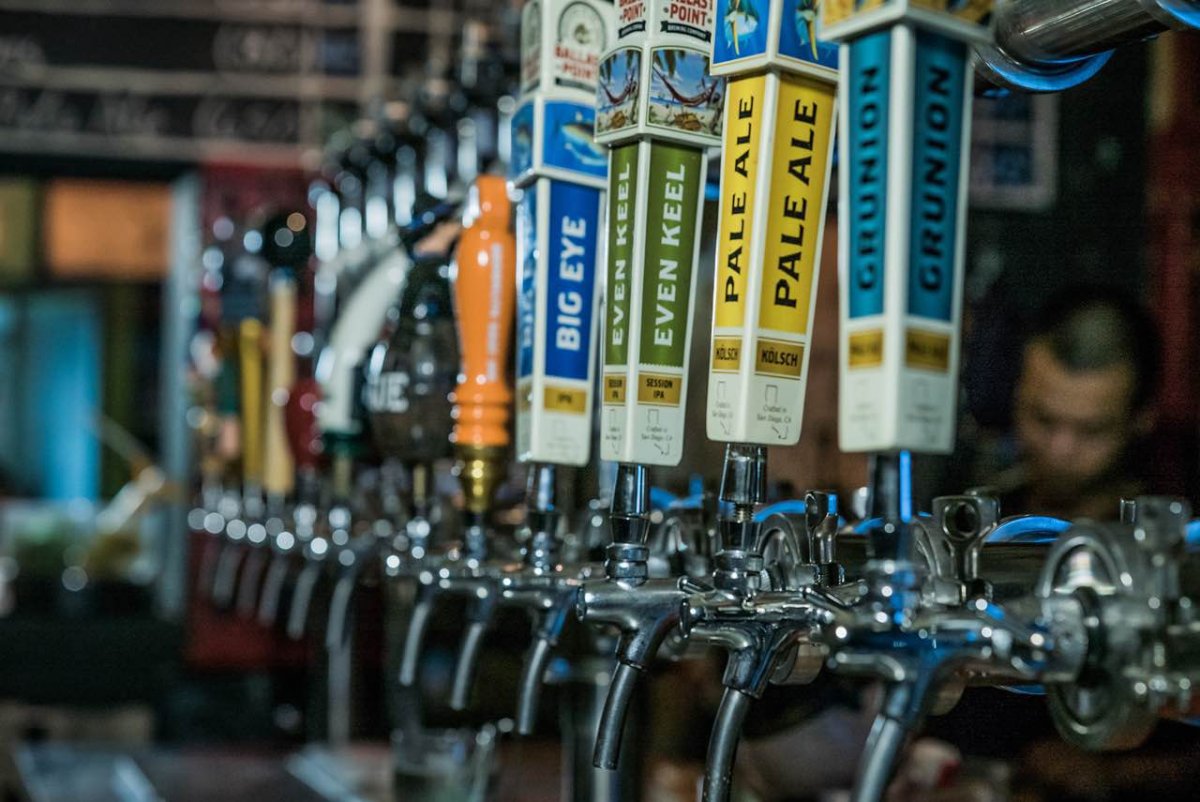
Who are drinking those craft beers? Generally there are two types of Chinese drinkers: those that can appreciate craft beers, and stubborn ones who put mass-produced local beers at the first place. I interviewed people two years ago, there were stubborn Beijingers, who insisted Yanjing is the best because “it is nothing about beers we are drinking, it is all about pride. We are so proud of being Beijingers, even though the craft beers are good, we still love to drink Yanjing.”
Foreign customers also seem to fall into two general categories: they grew up with the craft beer culture and they appreciate the joy that craft beer brings, or they always seek out the cheapest beer, and in their eyes, nothing can compare with a RMB 10 Tsingtao or a RMB 15 Tiger.
The biggest difference is between new craft beer drinkers and seasoned craft beer drinkers more than any Chinese/foreign difference. Rarely does a new craft beer drinker enjoy an intense IPA right from their first sip, but for an experienced craft beer drinker, an IPA is often their favorite beer. And most of the Chinese customers start on lighter beers, but they work their way up to more bitter beers quickly.
So the tide of craft beer is getting high, and it is still new here, with every beer a vote by the customer. The quality of craft brewing is becoming more stable, more well-known bottled beers will be imported as the market continues to mature.
More stories by this author here.
Email: tracywang@thebeijinger.com
Twitter: @flyingfigure
Instagram: @flyingfigure
Photos courtesy of venues

